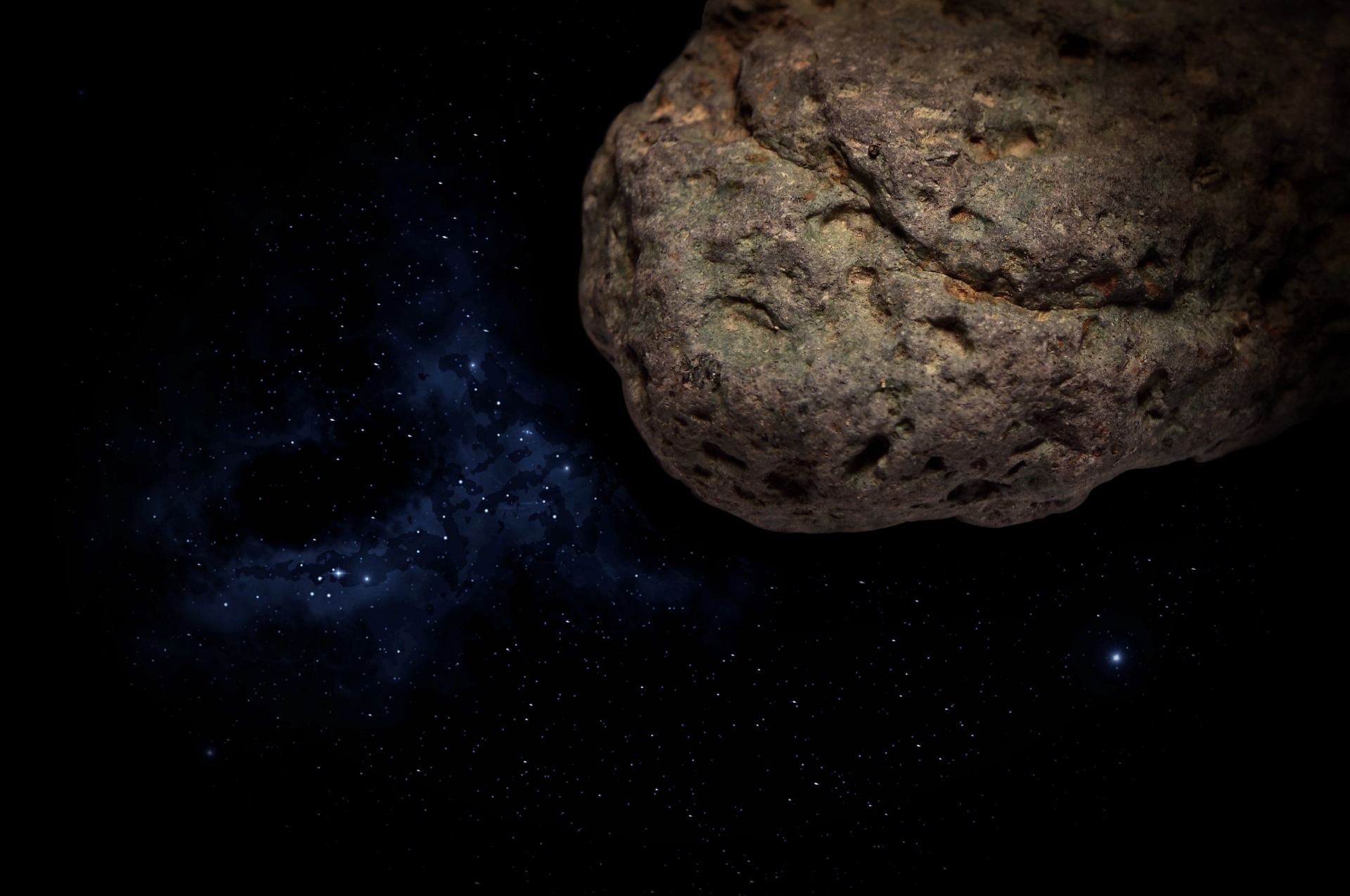Stony
Stony meteorites contain so-called chondrites (hence their name) - small spherical formations formed by the accumulation of nebulae and cosmic sediment. These can be barely visible (from a fraction of a mm) to several mm.
Division:
Chondrites:
- Common - up to 85% of all falls
- Carbonaceous - the most primitive meteorites ever
- Enstatite - formed in extremely reducing environments
Achondrites (about 8% of all meteorites):
- Primitive (Ureilite, Brachinite, Acapulcoite, Lodranite)
- Differentiated (SNC, HED, Lunar, Aubrite, Angrite)
Chondrites contain the same amount and ratio of elements as the Sun, except for volatile elements such as hydrogen and helium, and so are thought to have formed several million years after the birth of the solar system. This means that the oldest rocky meteorites are 4.56 billion years old.
Most meteorites contain a unique iron-nickel alloy not found in Earth rocks. It's a very reliable identifying feature. It is present in rock meteorites in the form of chondrules and chondrites are further marked with letters (LL, L, H) according to their content.
H: contain the most oxidised iron
L: contain less oxidised iron
LL: contain very little oxidised iron
Primitive achondrites are achondrites that have retained much of their original chondritic properties. Very characteristic are relict chondrules and a chemical composition close to chondrites. This is explained as remnant melting, partial melting or extensive recrystallization. Primitive achondrites include Urilite, Brachinite, Acupolcoite, Lodranite and Winonaite.
Differentiated achondrites do not contain chondrules. They are composed of material similar to terrestrial basalt or plutonic rocks (formed by solidification of rock melt (magma) deep below the Earth's surface (at least 1 km)) and have been differentiated and reworked to a lesser or greater extent by melting and recrystallization on or within meteorite parent bodies. As a result, the differentiated achondrites have distinct textures and mineralogies that are indicative of igneous processes.
The SNC group of achondrites (Chassignites, Shergottites and Nakhlites) originate from the planet Mars, the HED group of achondrites (Howardites, Eucrites and Diogenites) from the asteroid 4 Vesta or from asteroids formed by its fragmentation. The differentiated achondrites are also lunar meteorites, originating from the Moon.

Chondrite - H5
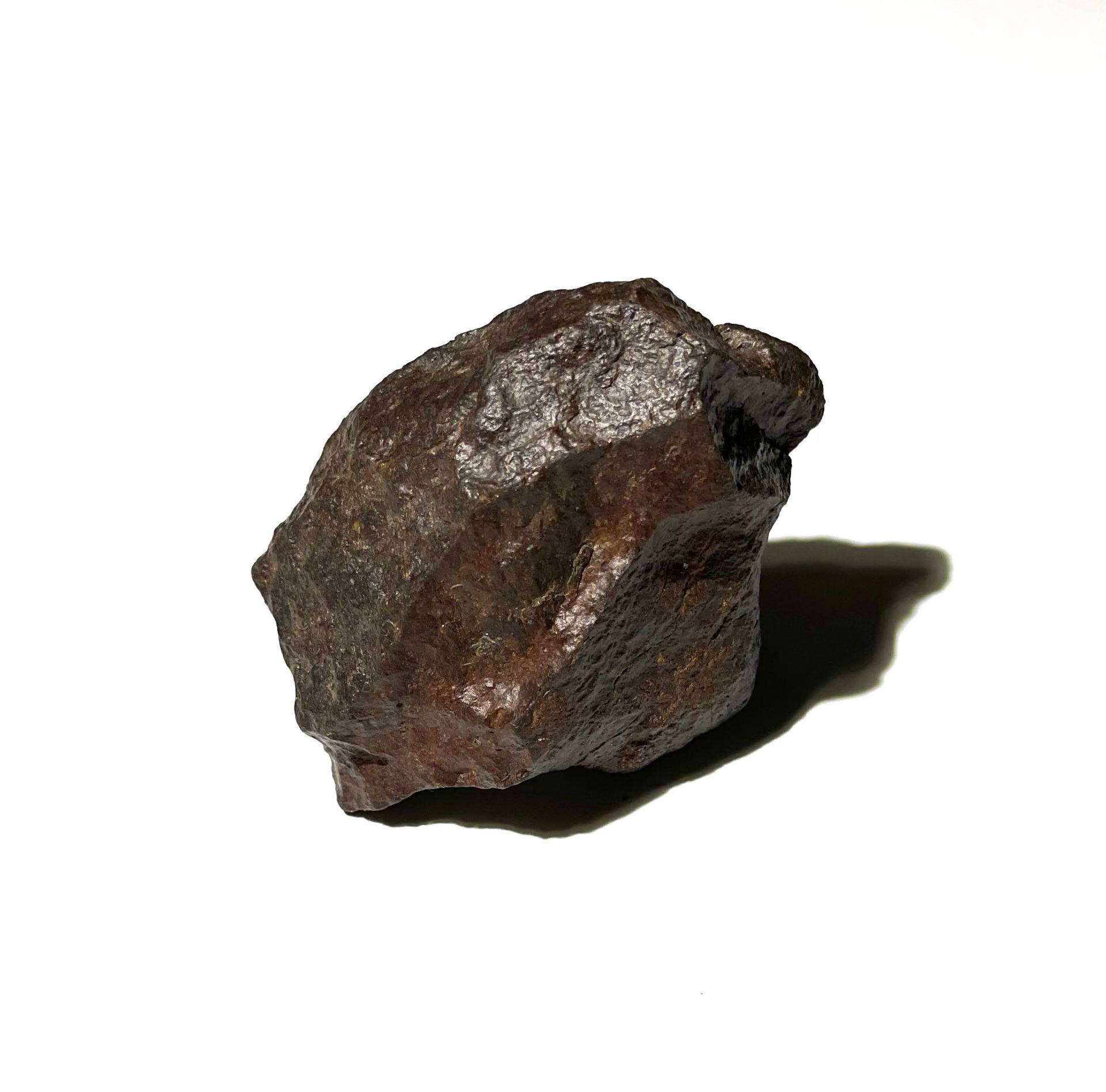
Chondrite
Unclassified

Chondrite - Carbonaceous - CV3
Unclassified
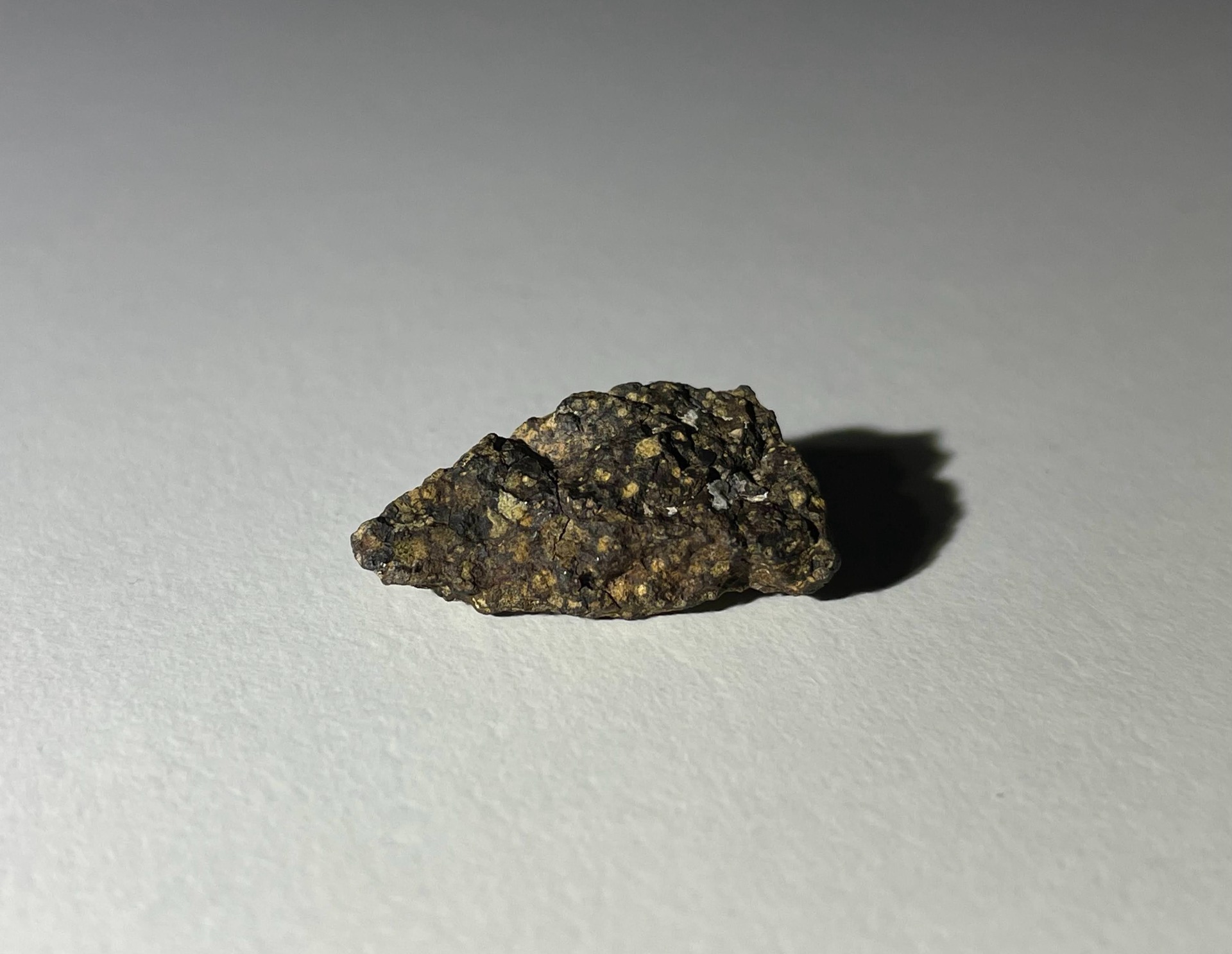
Chondrite - Carbonaceous - CV3
Unclassified

Chondrite - LL5

Chondrite - Enstatite - EL6

Chondrite
Unclassified

Chondrite
Unclassified

Achondrite - Ung.

Chondrite - Carbonaceous - CM2

Chondrite
Unclassified

Achondrite - Ung.

Chondrite - LL6

Chondrite - H/L 3, 6

Chondrite - H6
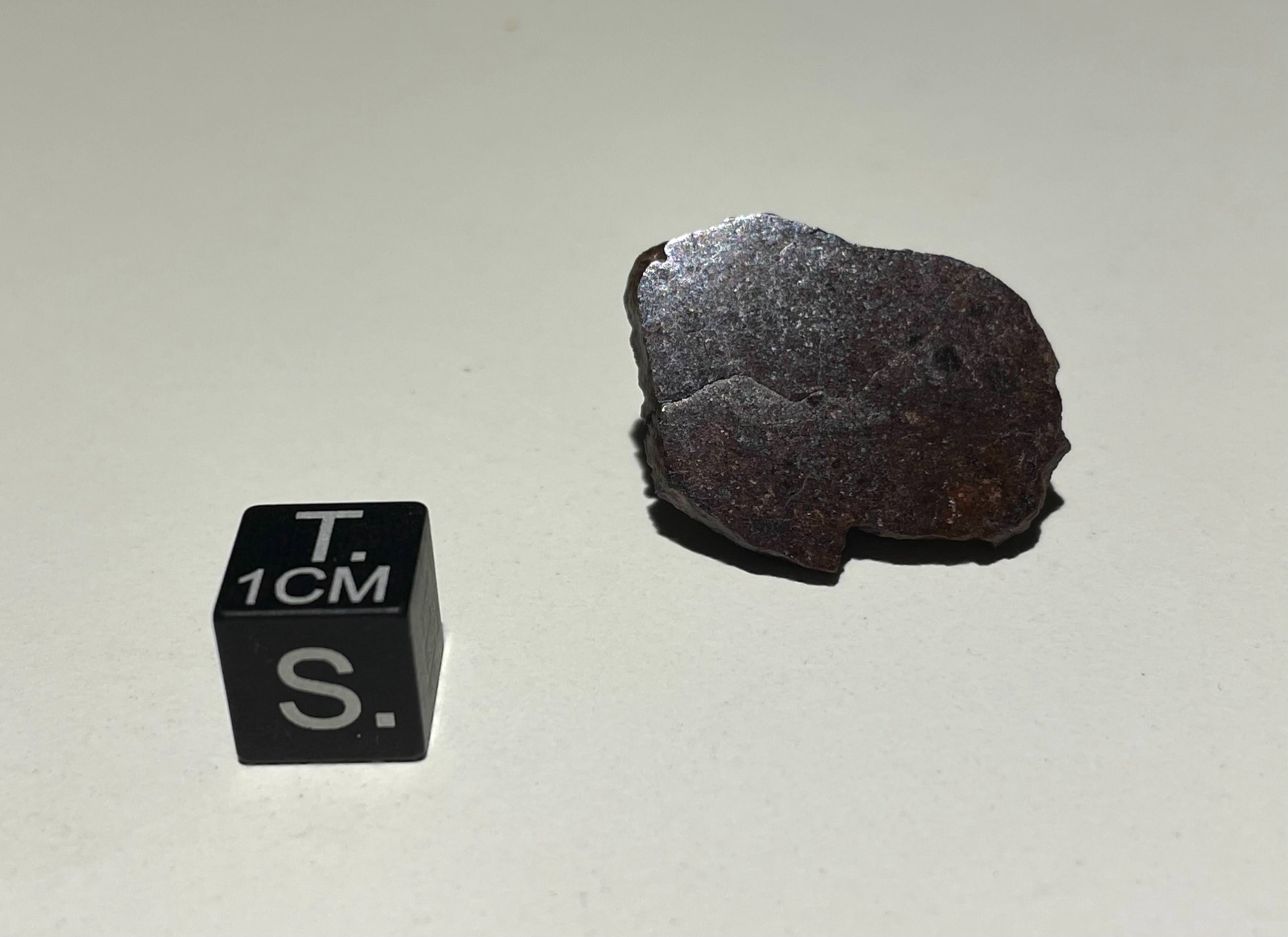
Chondrite
Unclassified

Achondrite - Primitive - Lodranite

Achondrite - Primitive - Brachinite

Chondrite - CR2
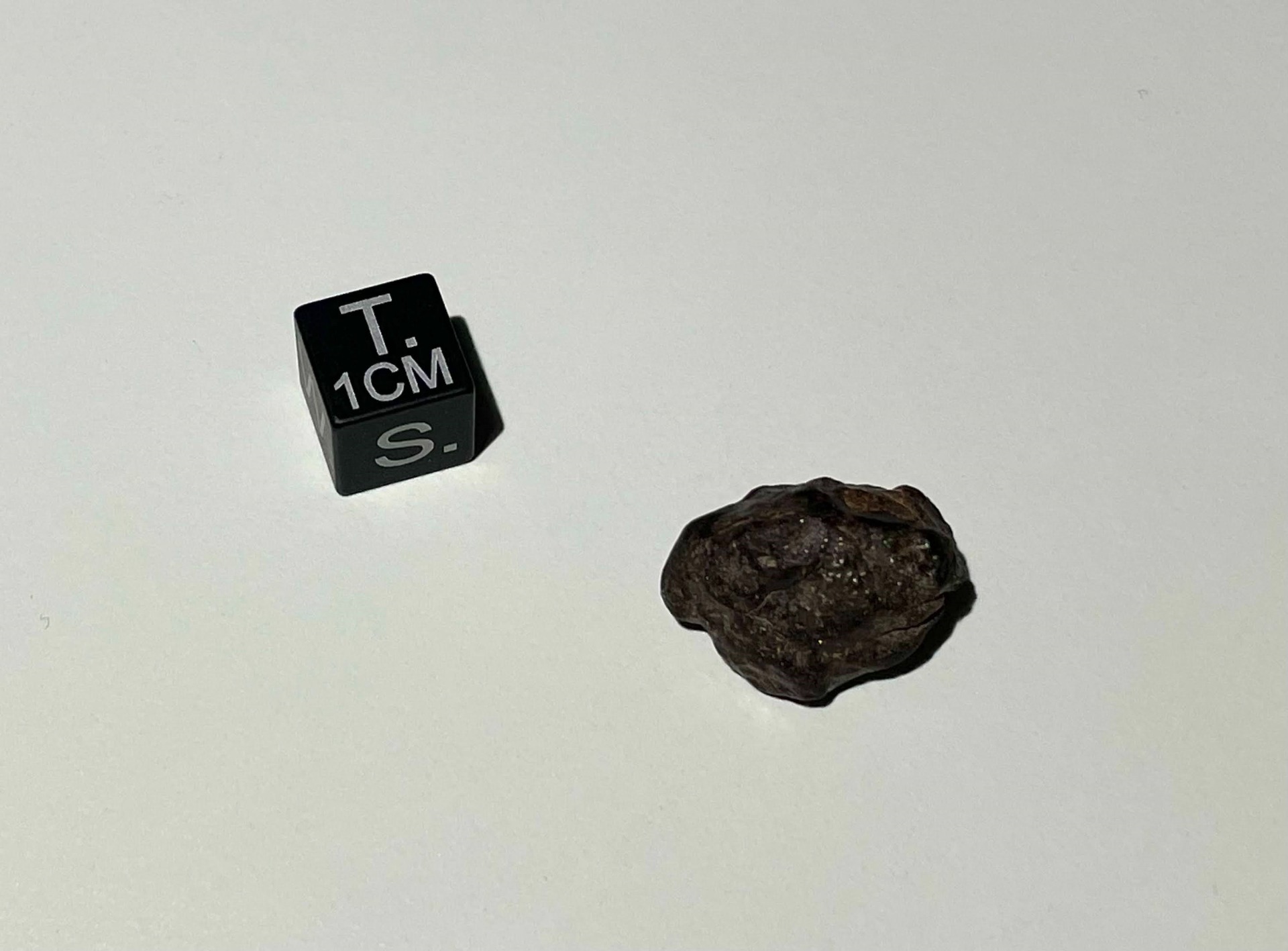
Achondrite - Primitive - Winonaite

